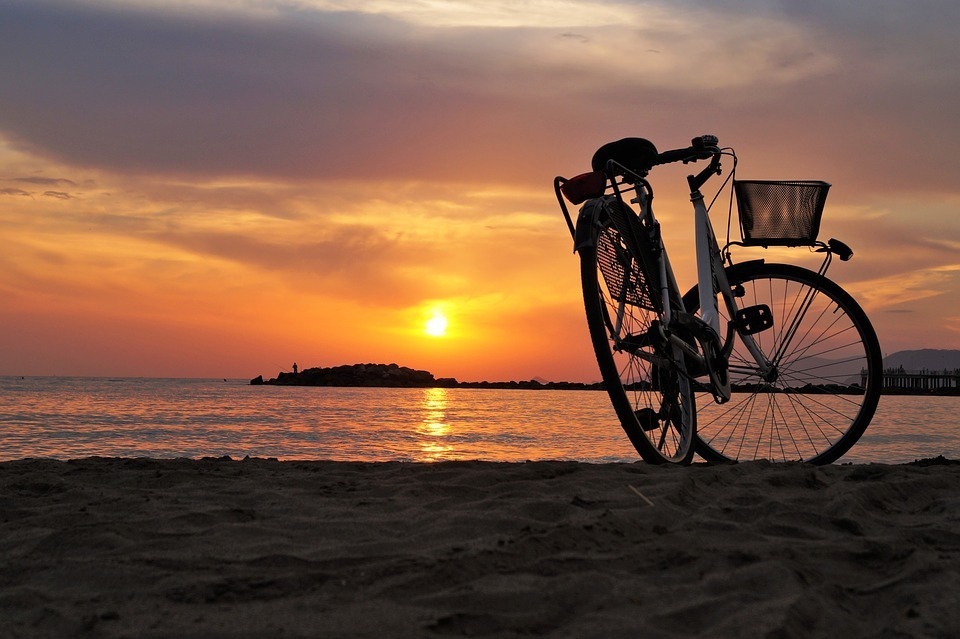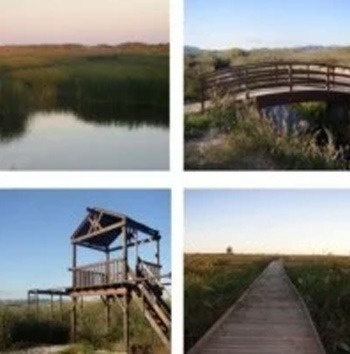
Taking advantage of the fact that the Sun allows us to do other things as rewarding as being on our beautiful beach, we are going to go out and enjoy a bicycle tour around Port Saplaya, circulating along the longest Roman road in Hispania since it passes through the gate of our apartments.
The Via Augusta in Hispania
It has an approximate length of 1,500 km, bordering the entire Mediterranean, starting in Cádiz and passing through the current town of La Junquera in the Pyrenees, where it was extended by the
Via Domitia , which bordered the coast of southern Gaul to Rome. It was the main axis of the road network in Roman times. Emperor
Augustus gives it its name since he was in charge of repairing and completing it, around the years 8 and 2 BC. C., when it became an important communication and trade route between the cities and ports of the Mediterranean. Currently the N-IV N-420, N-340 and Autopista del Mediterráneo highways follow the same itinerary in many sections. In fact, in some sections of the current N-340 the Roman road was used until the beginning of the 20th century, being asphalted in the 1920s.
our route
It leaves from Port Saplaya along the seashore reaching Puzol beach. There we leave the beach to enter the town of Puzol and reach El Puig. We will continue along the bike path that runs between the Valencian orchard to our starting point in Port Saplaya.
High on the way
We will mainly pass through two points of interest where it will be worth making a stop that we can take advantage of for a refreshment with which to replenish our strength.
The "Marjal dels Moros" is a wetland located between the municipalities of Puzol and Sagunto. It is a protected area ZEPA (area of special protection for birds) cataloged by the European Union. If you also carry binoculars, you will surely be able to spot the large number of bird species that inhabit it, with a lot of luck you will even be able to see flamingos. They can be observed without being seen since there are camouflaged observation points. The route crosses the wooden paths that lead from the beach itself to the interior.

The second point of interest is the
Monastery of Sant María de El Puig . Built by
Jaime I the Conqueror in 1240. Its historical relevance comes from the fact that the definitive battle for the conquest of Valencia was fought in this place in 1237. While the hosts were preparing for the conquest of the capital, an image of the Virgin was found on the hill under a bell, which is preserved in the main chapel of the Sanctuary. Jaime I, considered the protection of the Virgin as a determining and effective cause of the conquest of the Kingdom of Valencia and proclaimed Santa María de El Puig as Patron Saint of the conquered Kingdom. He erected the temple to the heavenly Lady of the rescued lands, and wanted the Mercedarian religious to be the perpetual guardians of the sanctuary.
Guided tours of the Monastery can be made



